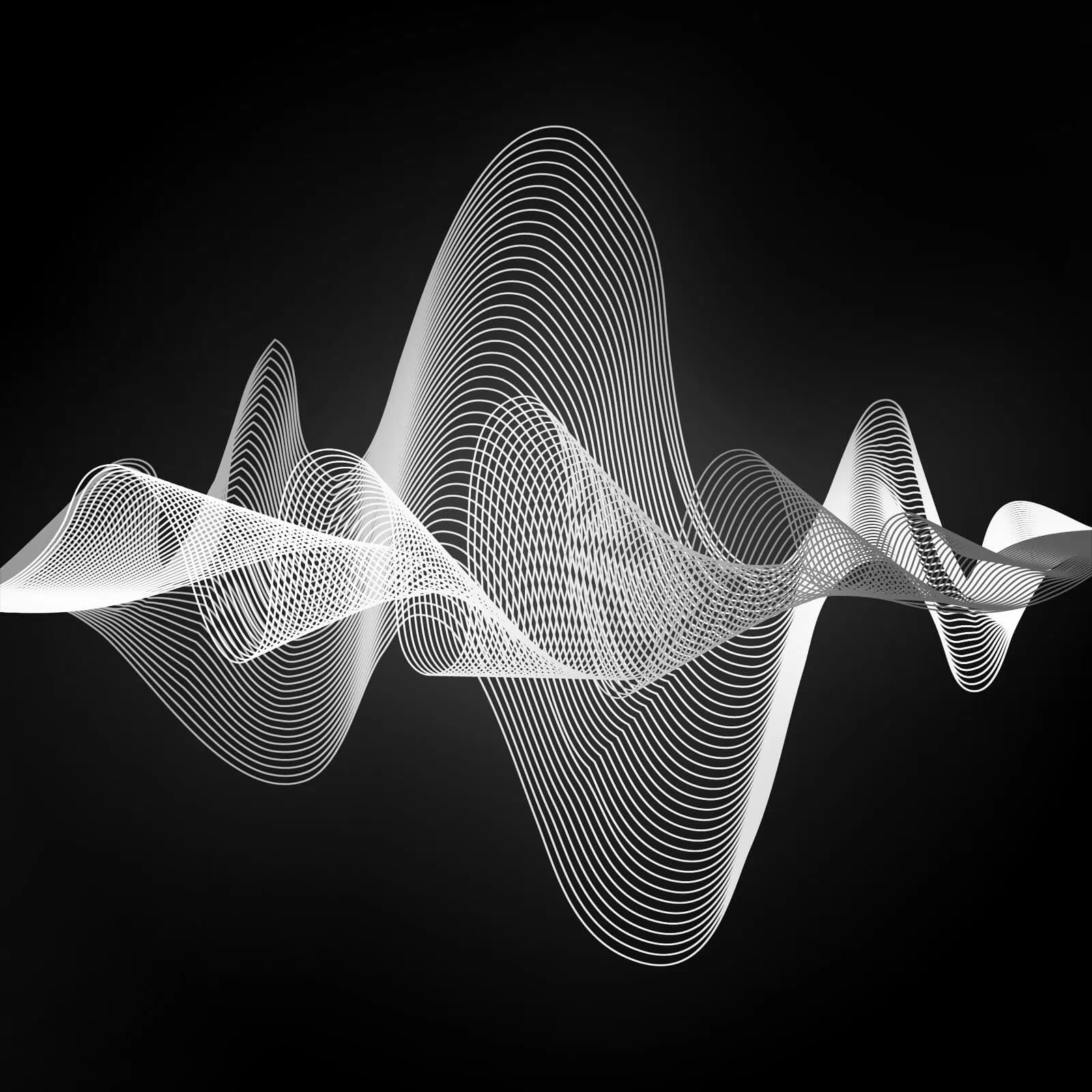April fools’ day has been around for a long time, but it is unknown exactly where and how it all began. April fools’ day grabs inspiration from many other international celebrations. It resembles an Ancient Roman celebration called Hilaria, which was a Roman Religion celebration of rejoicing, cheerfulness, merriment and playfulness. Hilaria would take place on March 25th.
April fools’ day is also like a Hindu celebration called Holi. Holi consists of throwing colored water and powder at others and being socially allowed to act in a manner that is different from social norms. Holi takes place is countries like India and Nepal and ends on March 31st. Although the most likely origin of April fools’ day comes from France.
The modern-day version of April fools’ day is thought by some to have started in France around 1564 when Charles IX announced that the new year would no longer begin on Easter, but rather it would begin Jan. 1. People who ignored this and wanted to keep the new year on easter were referred to as ‘April fools’’. Another theory is that people are fooled by the sudden change in weather March 21. Which is when the vernal equinox takes place.
In French a person fooled in April fools’ day is called a ‘poission d’avril’ meaning ‘Arpil Fish’. This could be a reference to young fish who are easily caught. What is most likely the first televised April fools pranked happened in 1957, when BBC aired a segment featuring spaghetti trees that grow in Switzerland. They showed clips of people harvesting spaghettis, but then came clean.


